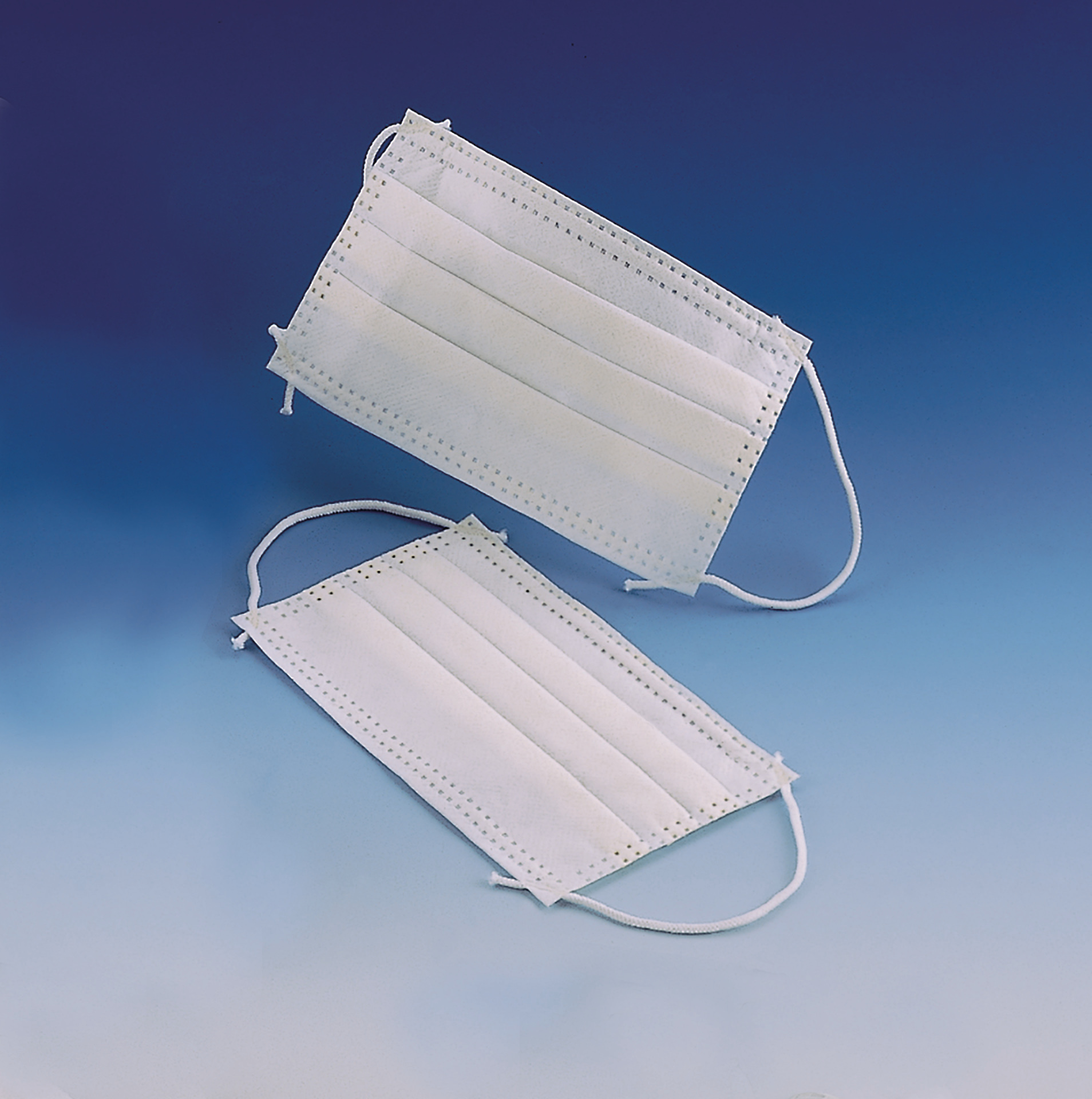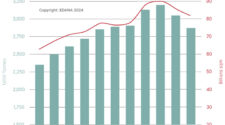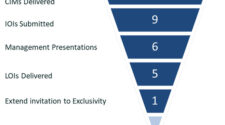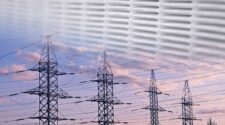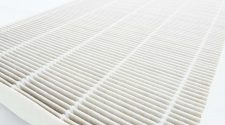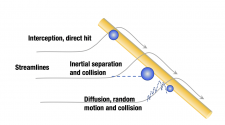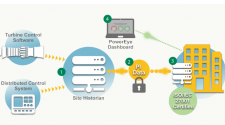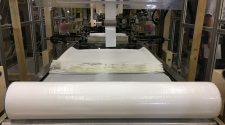One is often asked as a new year begins, what do you see on the horizon for the coming year? At INDA, the Association of the Nonwoven Fabrics industry, we are asked more specifically what we see occurring in the markets for nonwovens and fibers. There are a number of challenges and opportunities on the horizon including potential logistic and supply chain issues, legislative changes, regulatory challenges, and market shifts.
Issues pertaining to logistics and supply chain are largely the result of the COVID-19 pandemic. Manufacturers of nonwovens installed or took commitments to install significant capacity globally, particular for melt blown nonwovens used in medical applications. Additionally, capacity was added, debottlenecked, or optimized for both the substrates and converted finished goods for disinfecting wipes. While demand has not dropped back to pre-pandemic levels, there has been a significant softening in demand and increasing availability of imported nonwovens and finished goods.
In some cases, there is appreciable on-hand inventory of both nonwovens and finished goods. While manufacturers are adjusting manufacturing strategy – decommissioning older, less efficient assets and rebalancing supply chains, there continues to be significant pressure as imports are increasingly available and at lower landed costs than during the pandemic.
Container prices from Asia, which climbed to unheard of levels during the peak of the pandemic, have significantly decreased. Asian manufacturers added significant capacity to meet pandemic-driven demand, much as their counterparts in North America and Europea did. All are aggressively searching for outlets for this added manufacturing and converting capacity. Potential logistic challenges, such as railroad strikes, have been mitigated and avoided by intercession of the government.
There is going to be an increasing need for nimble innovation efforts by companies in the nonwovens space to find new outlets for excess capacity, find alternatives to increasingly proscribed materials and additives.
Taken together, these factors make for a very competitive nonwoven supply environment. Certainly, there will be additional decommissioning or mothballing of assets put into place solely to meet pandemic driven demand. This is likely to be especially true for companies that added technologies not central to their core capabilities.
On the legislative front, there is growing pressure for government intervention around so-called single-use plastics. Shortly before the COVID-19 pandemic commenced, the EU issued the Directive on Single-Use Plastics which attempts to reduce the amount of renegade plastics in the environment from ten products categories:
- Cotton bud sticks
- Cutlery, plates, straws and stirrers
- Balloons and sticks for balloons
- Food containers
- Cups for beverages
- Beverage containers
- Cigarette butts
- Plastic bags
- Packets and wrappers
- Wet wipes and sanitary items
Where sustainable alternatives are easily available and affordable, single-use plastic products cannot be placed on the markets of EU Member States. This applies to cotton bud sticks, cutlery, plates, straws, stirrers, and sticks for balloons. It will also apply to cups, food and beverage containers made of expanded polystyrene, and on all products made of oxo-degradable plastic.
For other single-use plastic products, the EU is focusing on limiting their use through:
- Reducing consumption through awareness-raising measures;
- Introducing design requirements, such as a requirements to connect caps to bottles;
- Introducing labelling requirements, to inform consumers about the plastic content of products, disposal options that are to be avoided, and harm done to nature if the products are littered in the environment; and,
- Introducing waste management and clean-up obligations for producers, including Extended Producer Responsibility (EPR) schemes.
The European approach has been noted by U.S. municipal, state, and federal level legislators. While it has not yet resulted in similar bans for nonwoven containing products, a blanket reapplication of the European approach would have significant impact upon consumer and manufacturers of wet wipes and sanitary items. To some extent, the COVID-19 pandemic interrupted momentum in this direction and also created time for alternative nonwoven raw materials to gain traction.
It is safe to say, that there is not a nonwoven conference or event that does not have a significant focus on naturally sourced fibers, biodegradable fibers and nonwovens, and/or circular economy elements such as advanced recycling. This has certainly been true at the World of Wipes, RISE, and Hygienix conferences hosted by INDA in 2022. Additionally, the pandemic slowed momentum towards blanket legislative proscription of single-use plastics, as it has been noted and publicized that many of the wipes, masks, gowns, and drapes endemic to the pandemic response are indeed single-use plastics. But, as legislative and regulatory activities resume, there is more opportunity to provide a tailored response that protects those sub-categories of single-use plastics that are critical to public health and well-being. INDA, is actively coordinating efforts to support logical and fact-based responses to these challenges.
A second regulatory initiative that is impacting some of the nonwoven industry is the rapid actions being taken to limit and/or eliminate use of Per- and Polyfluoroalkyl Substances (PFAS). These chemicals are commonly used as treatments on nonwovens to prevent staining and penetration of hazardous substances. There are in excess of 15,000 different Per- and Polyfluoroalkyl Substances encountered in the market today. Due to the almost unique nature of the incredibly stable carbon-fluorine bonds, these substances are exceptionally durable in the environment and have gained the reputations as being “forever chemicals.” A number of the PFAS have also been identified as being probable causes of severe aliments including:
- Liver effects (serum enzymes/bilirubin, cholesterol)
- Immunological effects (decreased vaccination response, asthma)
- Developmental effects (birth weight)
- Endocrine effects (thyroid disease)
- Reproductive effects (decreased fertility)
- Cardiovascular effects (pregnancy induced hypertension)
- Tumors (liver, testicular, pancreatic)
- Cancer* (testicular, kidney)
While only a relatively small number of the overall 15,000+ PFAS have been thoroughly investigated, the severity of the “bad actors” has led to public pressure to eliminate these chemicals. Investors striving to mitigate risk are pushing manufactures to cease production of these chemicals and companies are beginning to respond. Most notably, 3M announced in December 2022 that it would cease production of PFAS by 2025.
The unique chemistry associated with the highly electronegative fluorine atom and its bonding behavior with carbon results in physical properties is not easily replicated via other, less onerous chemistries. This is resulting in a broad search for single or combinations of chemicals to replace PFAS as nonwoven and textile treatments. Recently, Brian Rosenstein discussed these challenges in an opinion column for Textile World, in which one statement was particularly poignant, “I was always taught not to present a problem without a suggestion on how to solve the problem. PFAS seems to have become an exception to that ‘rule.’” As legislative regulatory efforts to limit or eliminate PFAS increase, there will likely be certain applications excepted, but there will be fewer and potentially no suppliers willing to provide these chemicals. There will certainly be an innovation sprint to identify and implement the best possible alternatives to PFAS in a wide range of applications including nonwovens and textiles.
Lastly, there are opportunities created by changes in consumer behavior. Consumers are increasingly demanding transparency around product compositions that are informing their views on issues related to single-use plastics and the presence of additives such as PFAS, which is creating pressure to change product designs. This pressure is the “stick” that drives innovation. Consumers are also expressing desires for products that are sustainably and ethically sourced, more “natural,” and with greater ability to recycled and part of a circular economy. This continues to create opportunities for products comprised of innovative raw materials and designs. This consumer demand, and willingness to pay for the innovation, is the “carrot” that counterbalances the aforementioned stick.
In conclusion, in 2023, there is going to be an increasing need for nimble innovation efforts by companies in the nonwovens space to find new outlets for excess capacity, find alternatives to increasingly proscribed materials and additives, and to meet growing consumer desire for products that consider both raw material sourcing and end-of-life considerations.
List of References
- European Commission, “Single-use plastics,” environment.ec.europa.eu, https://
environment.ec.europa.eu/topics/plastics/single-use-plastics_en, Accessed 04-01-2023. - Interstate Technology Regulatory Council, “PFAS Fact Sheets,” pfas-1.itrcweb.org, https://pfas-1.itrcweb.org/wp-content/uploads/2022/09/HH_Eco_PFAS_Fact-Sheet_082422_508.pdf Accessed 06-01-2023.
- Rosenstein, Brian, “PFAS Regulation Challenges,” Textile World, November/December 2022, https://www.textileworld.com/textile-world/2022/12/pfas-
regulation-challenges.


